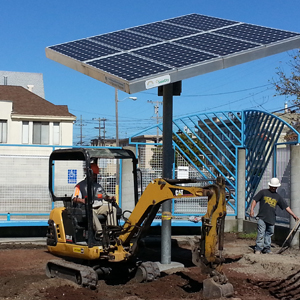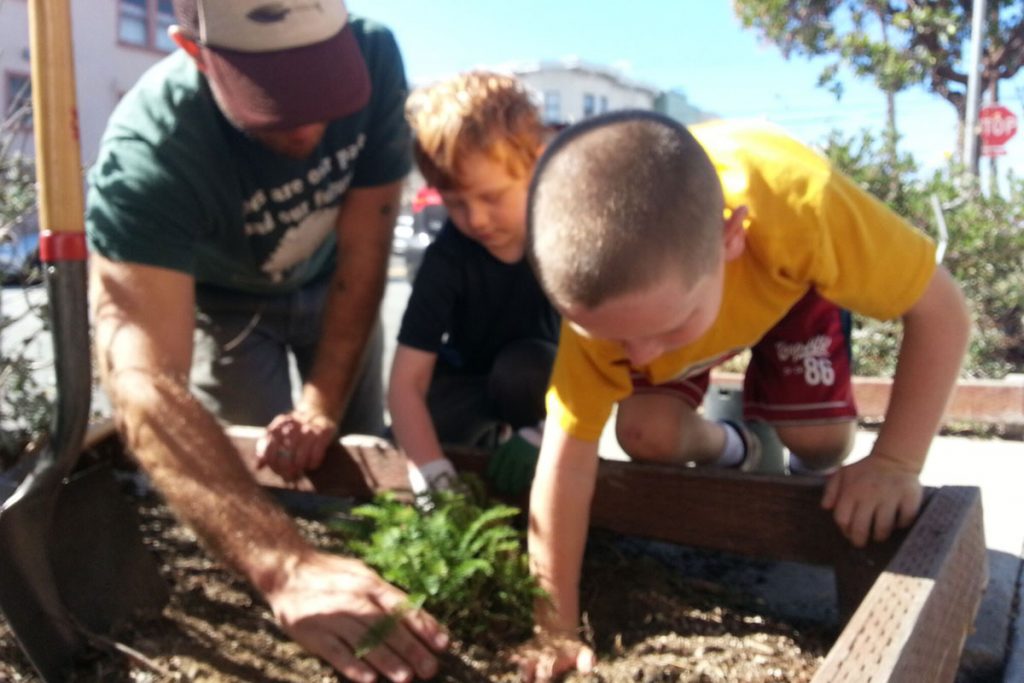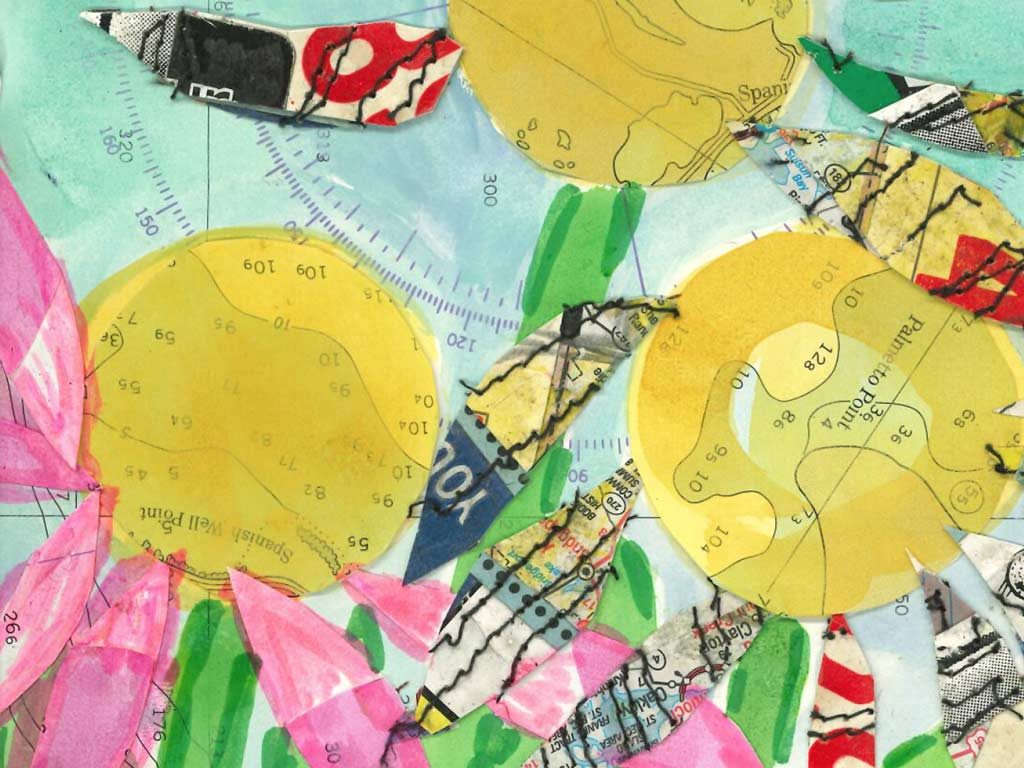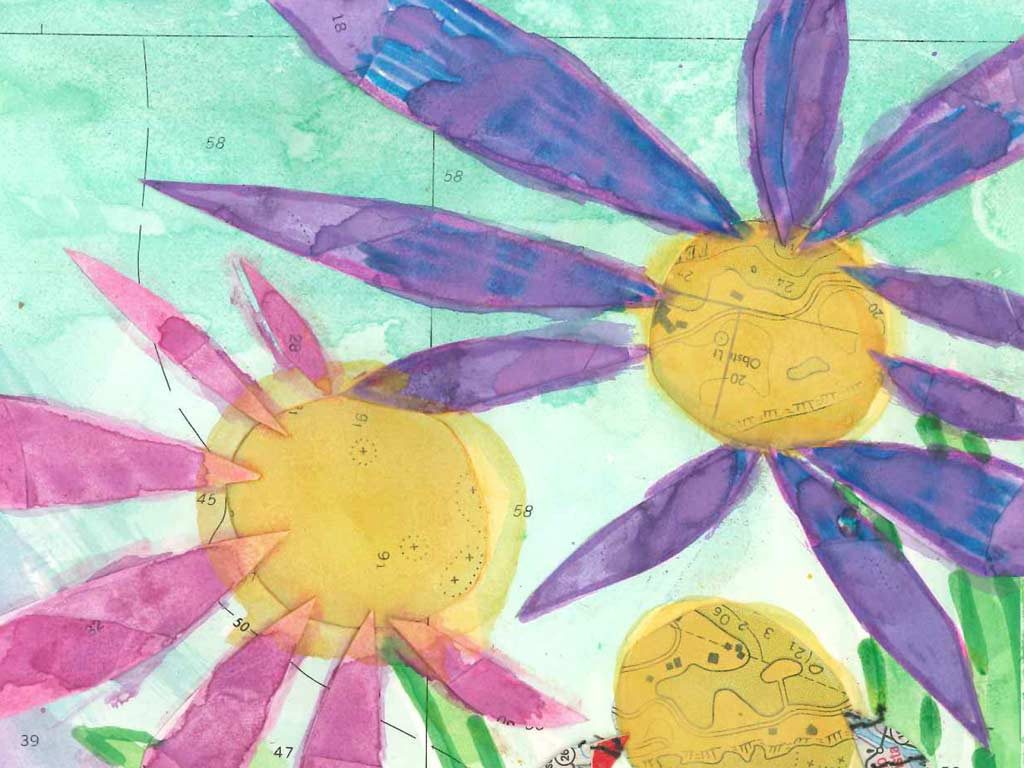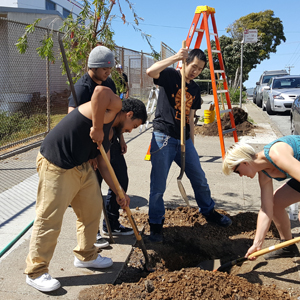
Youth Ecological Stewards Program



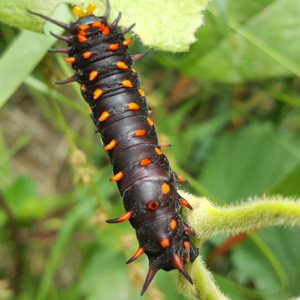
Here in California we host many world records in botany. The world’s tallest tree (Sequoia sempervirens – the Coastal Redwood) and the world’s most massive tree (Sequia giganteum – the Giant Sequioa) are found here. The worlds oldest trees (Pinus longaeva – the Bristlecone Pine) living over 4,000 years live nearby in Nevada.
But who cares? Why does diversity matter biologically?
Biodiversity is the variety of living things found in any given place. The biodiversity of any given ecosystem (or habitat/home for wildlife) differs from place to place. In general, a biodiverse habitat is a healthier and more robust environment.
We at Climate Action Now! measure our success in biodiversity.
Having a garden with many different types of plants can help to support a large diversity of creatures, from pollinators to people. Start thinking about biodiversity in your garden, your schoolyard and your sidewalk today. Make the effort and nature will return the favor.

California native plants are adapted to the dry summers, hot autumn and wet winters that California provides. Mediterranean climates (like California) generally receive precipitation only in the winter months. But with less and less precipitation in winter, the need for cultivation of California native plants has never been more critical.
Although many people (even skilled gardeners) appreciate exotic plants over California natives, we’re working hard to ensure that all CAN! partner sites demonstrate the power, beauty and bounty that California native plants provide.
California natives provide familiar fodder sources (pollen and nectar) for native pollinators like bumble bees and hummingbirds. Indeed, flowering plants and pollinators have evolved together, providing services to each other. The native plants give pollinators protein in the form of pollen and pass along carbohydrates in the form of sweet nectar. This relationship is profound, having evolved over millennia.
Ecological gardening (working with native plants) not only provides food for native pollinators, it provides opportunity to educate the public about the importance (and underappreciation) of our local botanical gems.
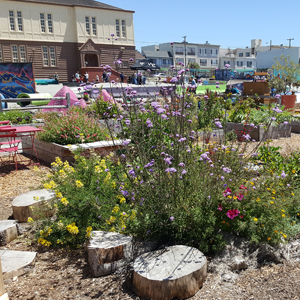
Working with neighbors and local residents, CAN! collaborates with community members to design, raise funds and physically build out community gardens.
Richmond District Neighborhood Center Urban Garden:
Since 2013 CAN! has worked alongside the Richmond District Neighborhood Center and the larger community to create the RDNC Urban Garden. This SFUSD property was once an abandoned hillside full of Acacia trees and weeds. But after four years of CAN! and RDNC investment (and hundreds of hours of work from students and volunteers) the site now boasts over 500 square feet of growing area for organic vegetables, a 25-fruit-tree orchard and contains over 150 species of pollinator-supporting plants.
Student groups explore the garden during the week and community members regularly get dirty planting vegetables and flowers. In 2014 the SF Carbon Fund supported the site by providing funds for the creation of a 25-tree Organic Orchard which now produces apples, lemons, loquat and much more. Visit the site @ 741 30th Avenue at Cabrillo in the Outer Richmond District to experience the garden for yourself.
Playland@43rdAve Community Garden:
Created in partnership with GroundPlay, the SF Planning Department, the Office of District 4 Supervisor Katy Tang, the SFUSD, the SF Parks Alliance and the larger community CAN! created a 26-family community garden in the outer Sunset neighborhood in San Francisco.
This site was once an abandoned parking lot, but now boasts over 100 species of plants full of color and culture, bursting out into the hearts and minds of the community.
The site has nine raised wooden veggie beds, one large octagon herb garden and several straw-bale raised beds. Pollinator Gardens surround the vegetable garden, including a large riparian stormwater management facility planted in native plants. This riparian swale captures the stromwater from the entire parking lot, permitting the rainwater to flow into the ground, replenishing the local aquifer underneath the Sunset neighborhood while building habitat and sequestering carbon from the atmosphere. Check out the riparean garden in wintertime when it fills up with stormwater!
Community activities such as garden workdays, community yoga, table-tennis, basket and an incredibly designed and well-utilized skatepark make the site very popular with kids of all ages.
